How to Create a Customer Loyalty Program for Small Businesses
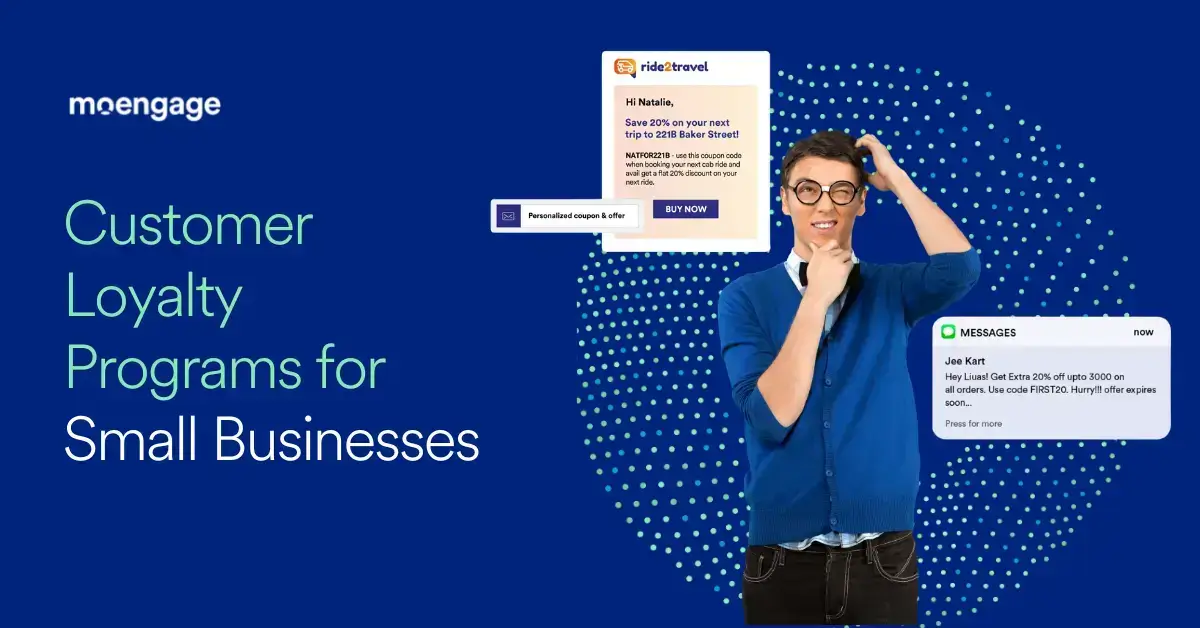
Reading Time: 7 minutes
Why do you think every business looks forward to creating a Customer Loyalty Program for all its customers?
Building customer loyalty is essential in setting up your business and maintaining ROI. Therefore, maintaining a loyal customer matrix lies at the heart of all activities in creating a customer loyalty program for your business, big or small.
This blog will discuss customer loyalty and how to create customer loyalty programs for small businesses.
What is Customer Loyalty?
Loyalty is a mindset that directly reflects the customer’s trust in a brand, its policies, products, and services.
This means that all brands must comply and offer an acceptable reason to their customers when purchasing its product or services.
The characteristics of a loyal customer usually are
- Increased likelihood of repeat purchases.
- Using products purchased from a company or brand.
- A consistent pattern of buying the same commodity within a year or week.
- Becoming more committed to using the product and services offered by your organization
- Trying to reach out through various channels.
- Are the most enthusiastic supporters.
- Increased willingness to recommend your products and company to others.
- Observing the development of customer empathy for your brand.
How Do Customer Loyalty Programs Work?
Even if a company’s products and services seem exceptional, a loyalty program recognizes the need to reward and appreciate its customers. This customer segment includes individuals who frequently purchase or use that company’s products or services and engage with the organization regularly.
Customer loyalty programs (CLPs) primarily aim to increase customer retention. The goal is to encourage repeat purchases, build trust, and keep customers from switching to other competitors in the market.
CLPs involve rewarding consistent customers either in the form of benefits or kind, which makes them feel valued and strengthens their relationship with the service providers. As a result, when they tell others about it, brand awareness increases!
This word-of-mouth propaganda directly translates into multiple sales, new customers, and improved revenue.
For instance, fuel prices are steadily rising in the market. Even the lesser-known gas stations have effective fuel loyalty programs to encourage repeat purchases.
The ongoing digitalization in the sector impacts customer spending. It allows them to locate nearby gas stations via mobile apps, earns reward points on cards, and make hassle-free online transactions.
The marketing mantra behind all the promotions is that the more customers buy or interact with the brand, the more rewards they earn. Customers who get a good product deal are likelier to return to the same retailer!
Customer Loyalty programs provide consistent customers with add-on benefits through points, bonuses, discounts, freebies, rewards, cashback, or insider perks. Besides everything, this creates a feedback loop between the customer and the organization, indirectly impacting customer engagement and growth strategies.
What are the Benefits of Creating A Customer Loyalty Program For Your Small Business?
With a loyalty program, companies can offer varied benefits to customers, and in return, with time, the number of engagements, total revenue, and sales increase.
However, everything depends on customer preferences and whether they truly benefit from the company’s loyalty program.
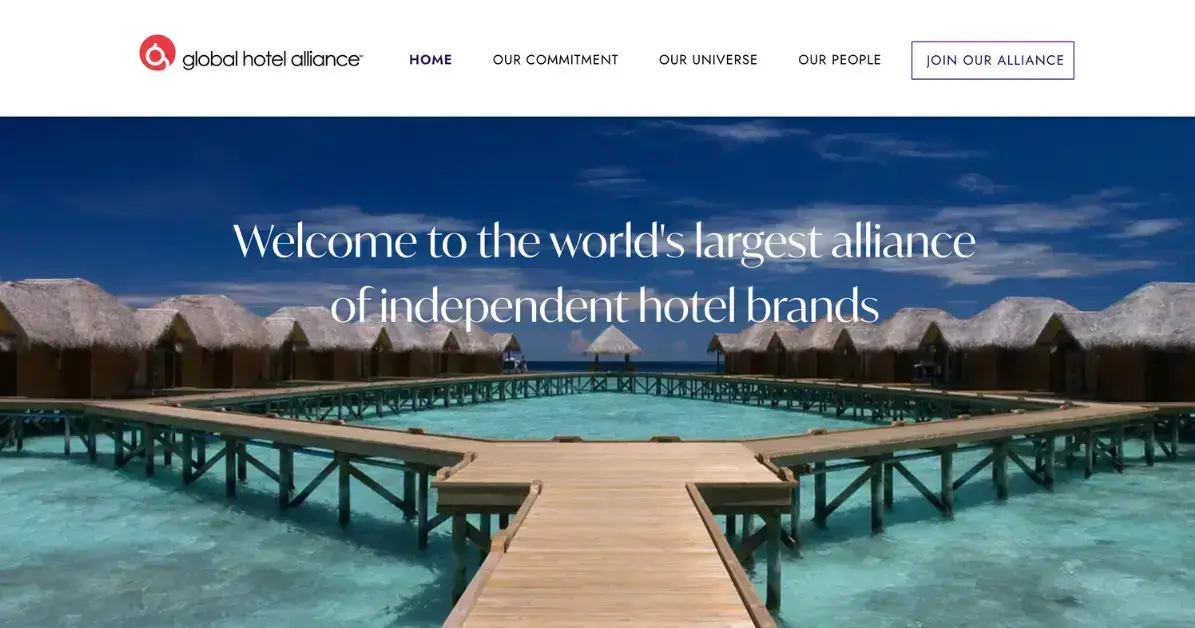
Let’s look at Global Hotel Alliance (GHA), i.e., a loyalty program run by the luxurious hotel chain Discovery. Discovery is one of the world’s largest independent hotel chains, with 34 hotel brands within its network. All Discovery elite members receive complimentary and local experience awards based on the membership level and how actively they participate in the program.
Another such example is the Indian retail chain Shoppers Stop. The first store opened in 1991 in Andheri (a Mumbai suburb). They started with men’s apparel and later introduced women’s apparel in 1992.
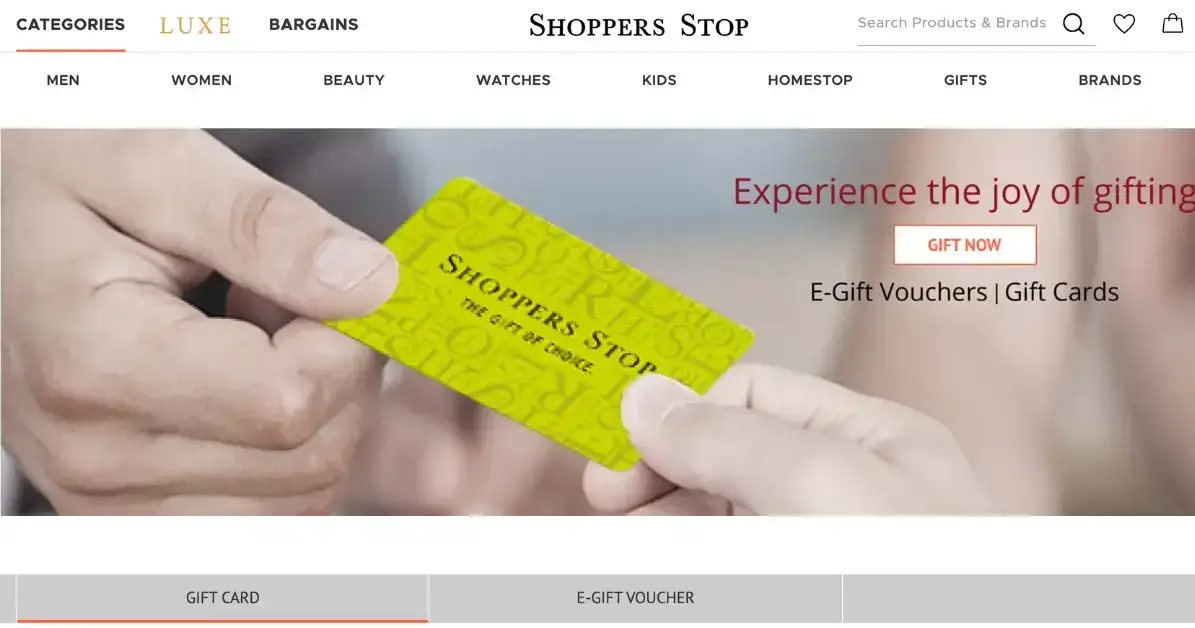
Their loyalty program was named – First Citizen. This was introduced in 1994. The total number of members of the ‘Shoppers Stop – First Citizen Loyalty Program’ is over 2.5 million. These customers alone contribute to 70% of the company’s sales. They also created an online presence and digitized their membership to provide an ease of experience to their loyal customers.
The reason for its success was its innovative customer loyalty program. A tiered membership allowed customers more discounts or benefits as they moved up the ladder. This meant customers made more purchases than ever before. Moreover, the brand collaborated with restaurants, travel companies, and spas to give more perks to their esteemed buyers.
Still, wondering whether a customer loyalty program is for you? Here are some of the direct impacts of customer loyalty programs:
- Your products and services become more inclusive to your customer’s requirements.
- You establish a long-term relationship, especially with your repeat buyers.
- Improve your overall Average Customer Retention Rate.
- Repeat buyers translate into accurate customer profiling, in-depth analytics on customer behavior, and campaign optimization.
- Strong brand advocacy means more referrals.
- Reduction in the overall customer churn rate.
Types of Customer Loyalty Programs (CLPs) With Examples
No two loyalty programs can be the same. Any customer loyalty program should be based on customer behavior, preferences, demographics, and actions.
This, and only this, will directly impact customer engagement. Here are the five most popular loyalty programs that are well-known (for offline and online customers) –
1. Points or Badges-Based Collected Loyalty Programs
These are the most common reward programs. Customers earn points through purchases and sharing their experiences on social media, on specific occasions such as their birthday or anniversary, or through gamification.
The points can be redeemed in various ways – a discount, faster delivery, or freebies.
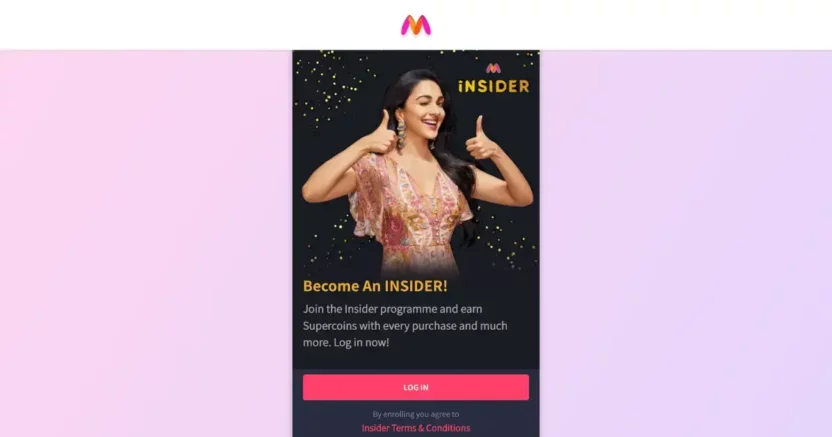
For example, with Myntra, an Indian online E-commerce platform, you can become a privy member – Insider. This customer loyalty program is points based – i.e. earn super coins every time you purchase from the online store.
2. Tiered Loyalty programs (Spending-Based)
Tiered loyalty programs are membership-based programs that encourage more customer purchases. In this system, brands often divide membership into groups or tiers based on specific benchmarks achieved.
This means – ‘the higher the tier, the more exclusive and better the rewards become.’ A member must earn specific points to qualify or move up a tier in all cases.
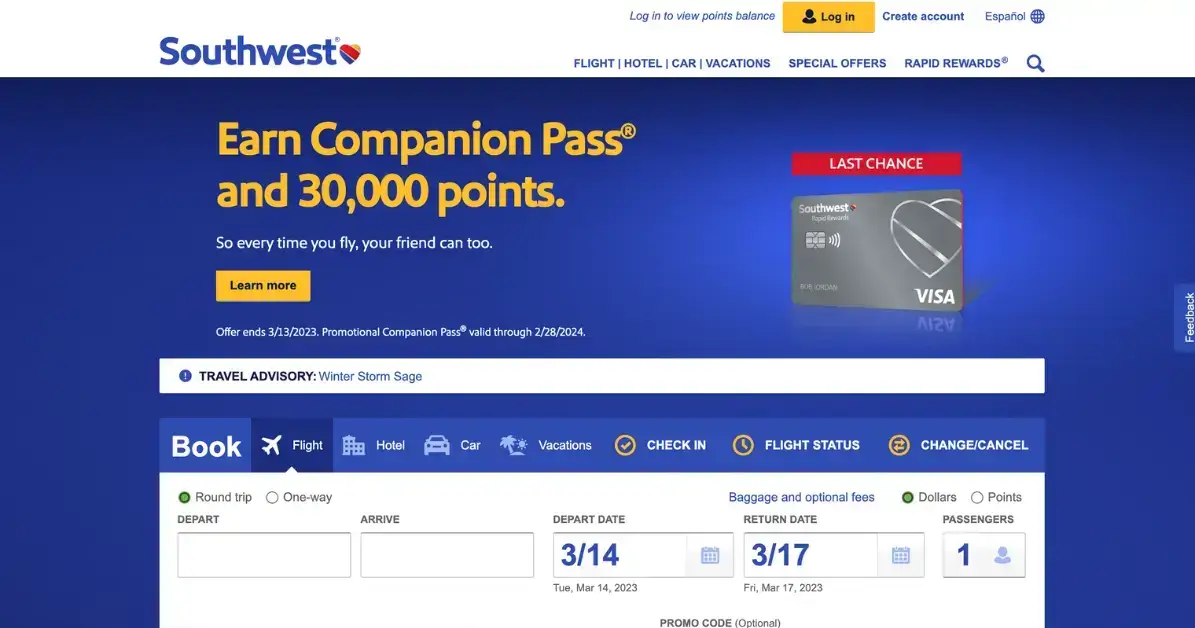
One such instance of a Tiered Loyalty Program is Southwest Airlines. In this loyalty program, you earn benefits every time you fly- making you eligible for greater discounts or offers.
3. Paid loyalty programs
Paid loyalty, or fee-based programs, lend customers immediate and ongoing benefits in exchange for a deposit fee. This fee can be a one-time payment or must be paid at regular intervals.
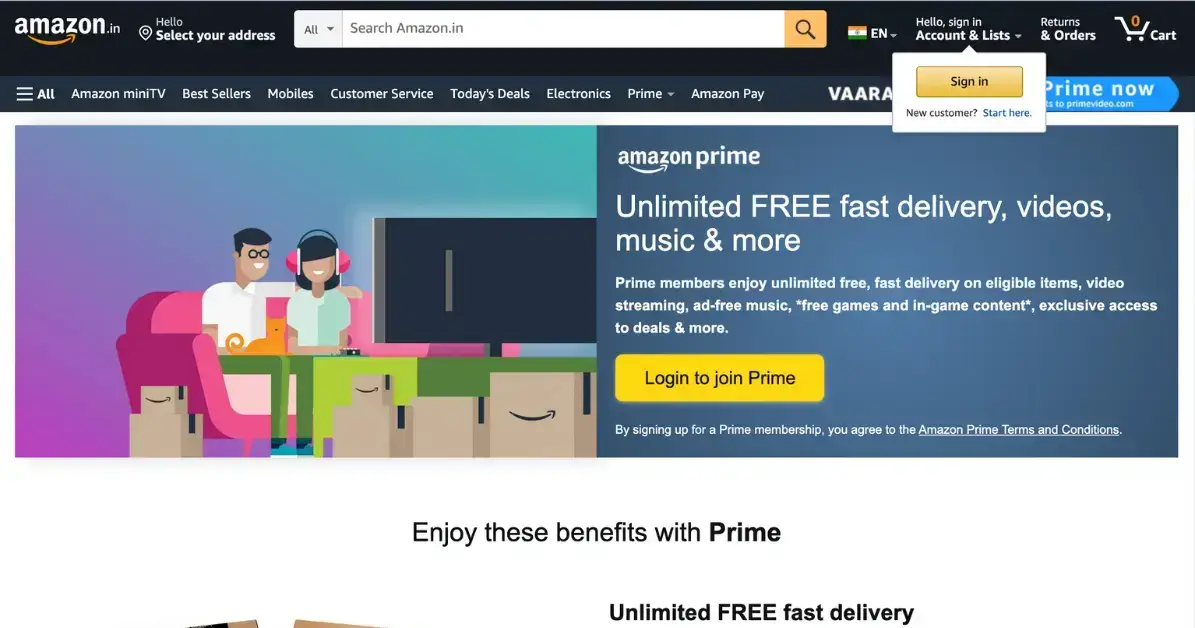
For example, Amazon Prime is a paid loyalty program. If you are a prime member, you are eligible for benefits such as one-day delivery, faster delivery, etc.
These programs offer enormous benefits that outweigh the fees and other added benefits, such as personalized experiences and members-only content.
4. Influencer or Referral Loyalty Programs
More than any other channel, referrals are regarded as the most reliable source of organically spreading the word about a brand among customers. In general, even the most basic referral loyalty programs extend double benefits to the customer and the new member who joined any platform through that member’s referral.
For example, in Uber, a personalized referral code becomes visible to customers when their Uber account is activated. Every time a new Uber account is created using, a customer’s referral code is used to create an Uber account. The next ride is free for both members.
5. Hybrid Value-Based Loyalty Programs
The idea behind a hybrid value-based program is to connect with the customer personally. These programs usually combine two or more loyalty-based referral programs that can be customized to suit the needs of each customer.
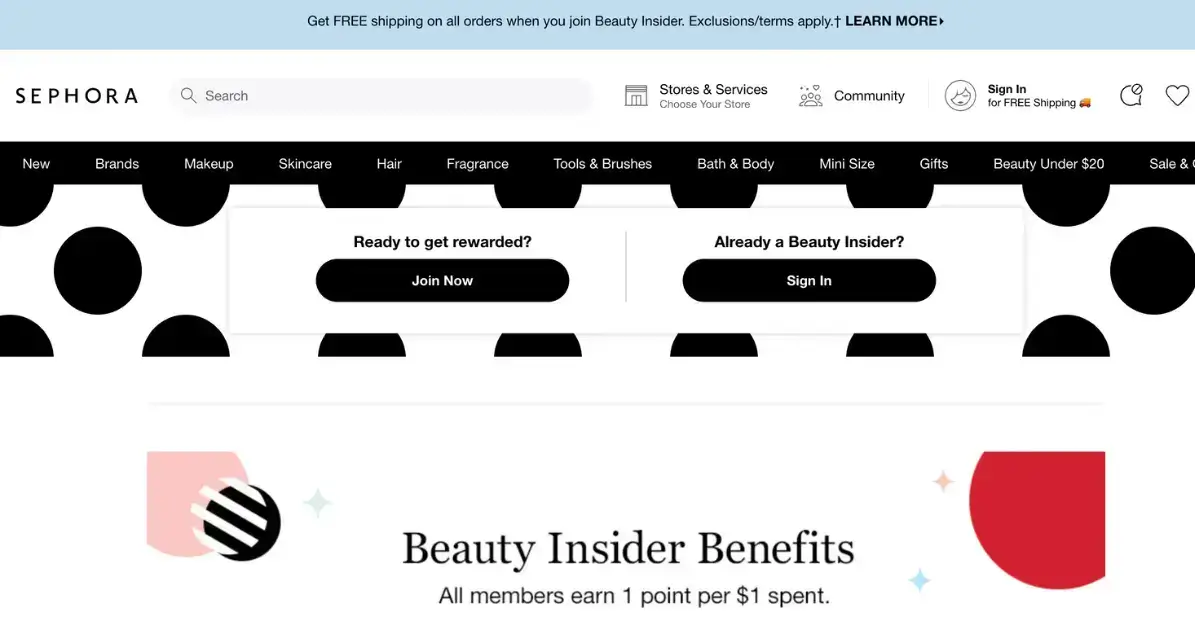
For example, Sephora’s Insider Program. Once you become a Beauty Insider, you can earn points for every penny spent, along with other benefits such as seasonal discounts, end-of-the-year discounts, etc.
Parameters To Address While Creating A CLP For Your Business
Where there are customers, there will always be the need for such loyalty programs.
The CLP warrants a consistent influx of revenue along with brand awareness.
But even before you start planning your rewards program, you should look into your
- User experience workflows – what does the buyer journey look like.
- Responsive customer interface.
- Quickly redeemable rewards and points.
- Personalized communication is via push notifications, text messages across multiple channels, or cross-channel.
- Smooth customer experience workflows.
- Mobile-friendly and responsive customer interface.
- Rewards and subscriptions that are easily redeemable
What to Measure While Optimizing any Customer Loyalty Program?
Key Performance Indicators (KPIs) of any Customer Loyalty Program (CLP) can be divided into three categories: Customer Acquisition, Engagement, and Retention. These KPIs assist in getting a better look into the ICP. It also reflects the overall vitality and viability of the customer loyalty program.
The following are some of the other KPIs that you need to measure the success or failure of your customer loyalty program:
- New member acquisition rate.
- Conversion rate.
- Churn rate.
- Purchase frequency.
- Reward redemption rate.
- Customer lifetime value
All these KPIs help depict a brand’s overall profit from the interaction and journey with any customer.
Long-Term Impact of Earning Customer Loyalty
With advancements in technology and the digital shopping landscape transforming, social shopping will gain popularity and receive preference shortly. As a result, brands that have retained customers through loyalty programs will reap benefits such as increased brand value and reduced churn rate. As per the above findings, existing customers are likelier to try new products from the brand they have been purchasing for years.







